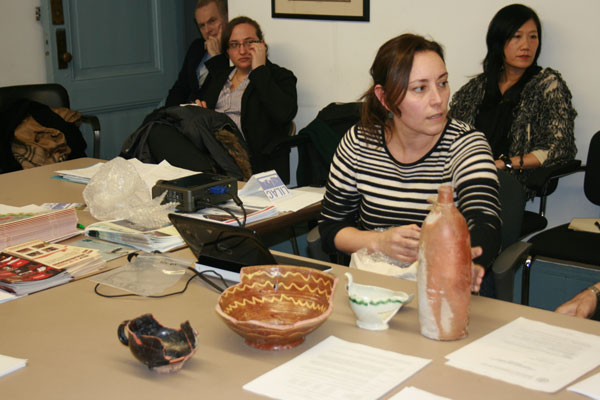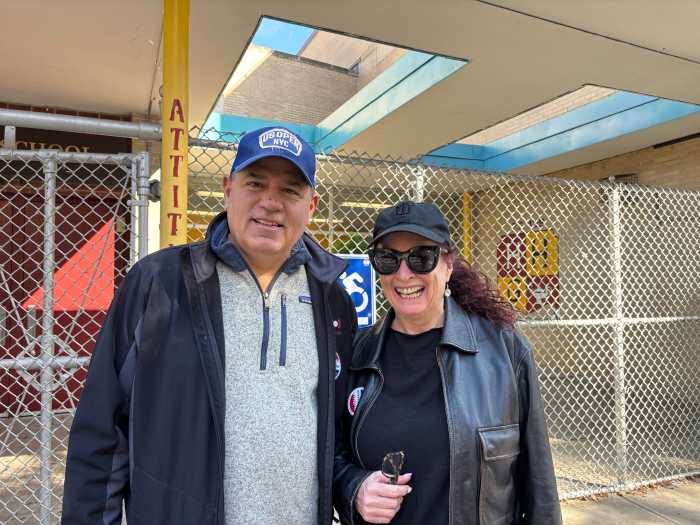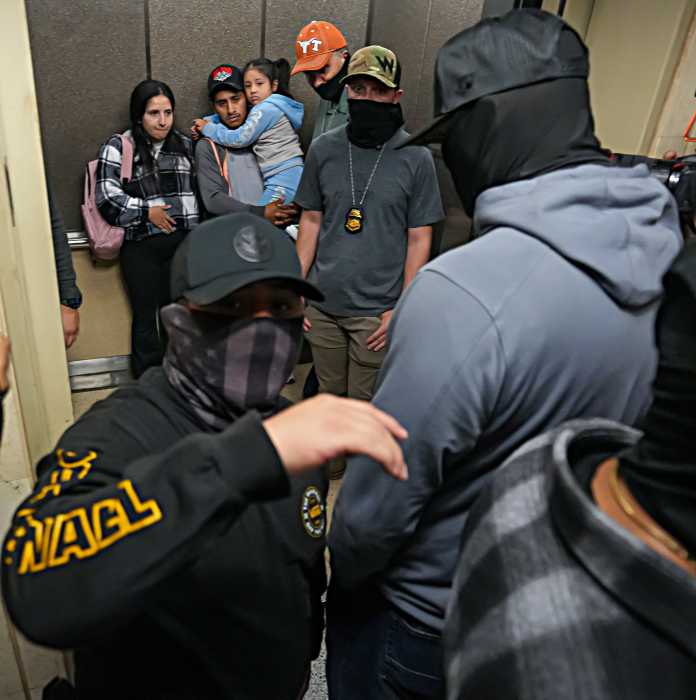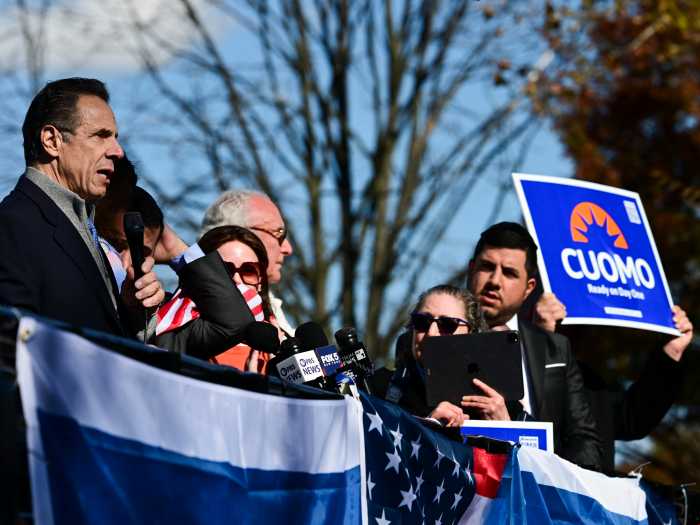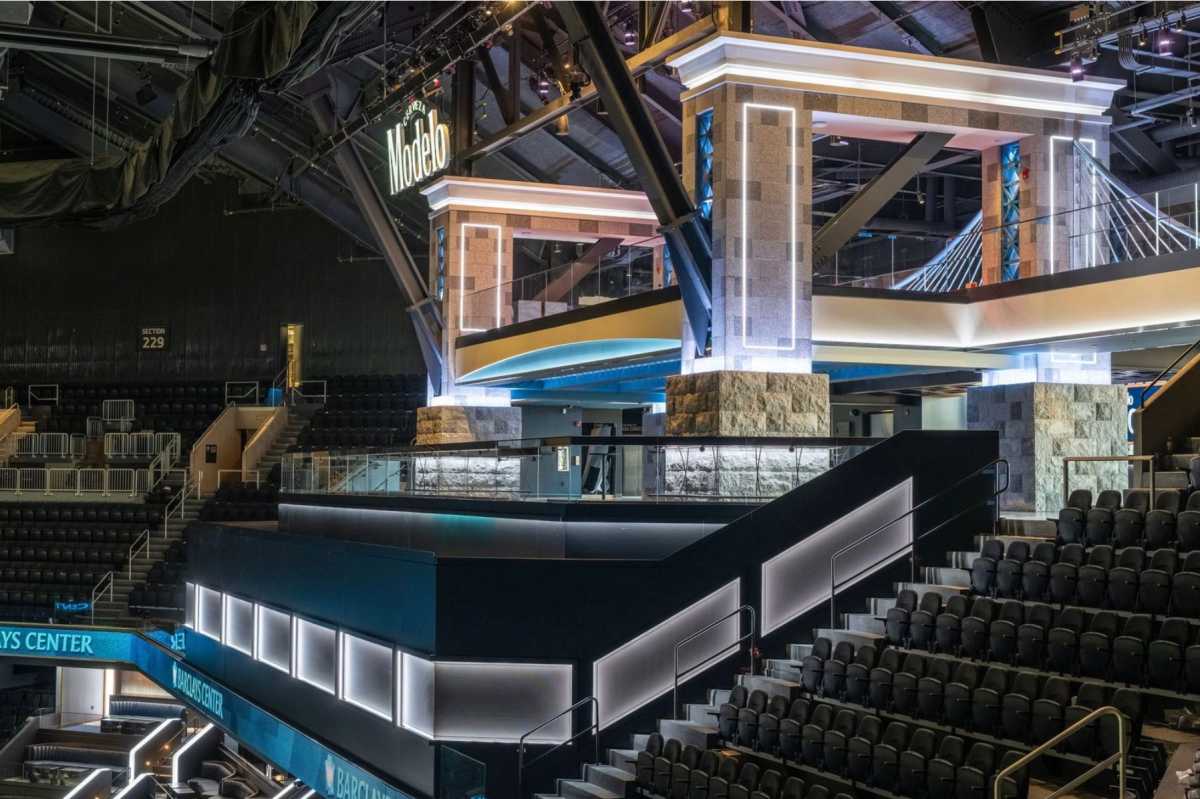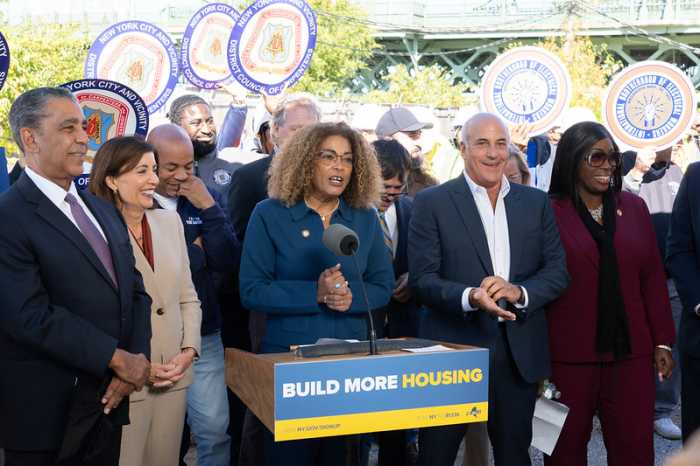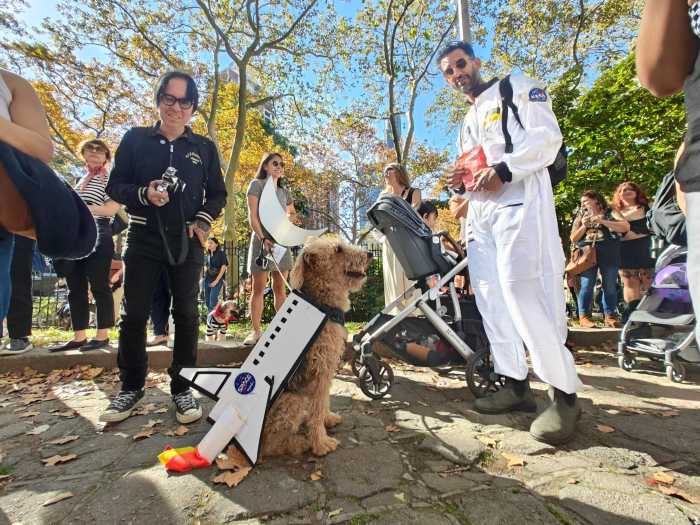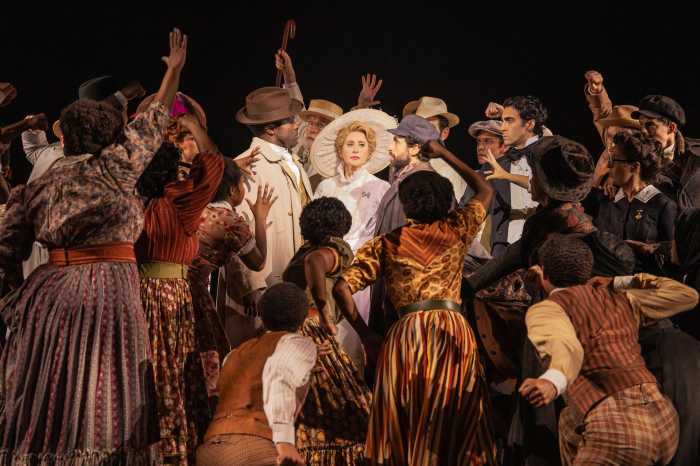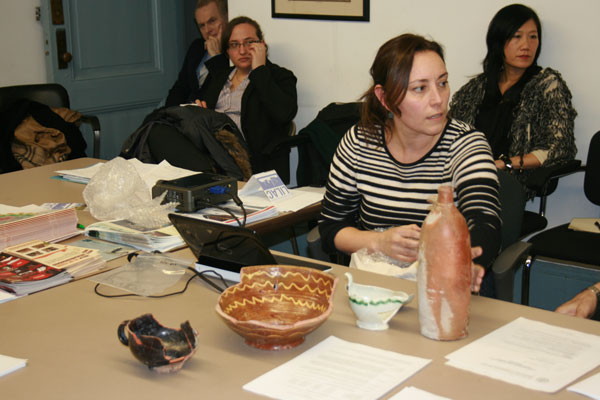 [/media-credit]
[/media-credit]
The $23 million endeavor, which involves utility updates and street repair along Fulton and Nassau Streets, will be finished in December 2012, according to Thomas Foley, assistant commissioner of the city Department of Design and Construction’s Manhattan construction infrastructure division. Foley gave an update on the project at Monday’s Community Board 1 Planning and Community Infrastructure Committee meeting, following complaints from Nassau Street residents that street work appeared to be slowing down in the last month.
Scaffolding recently erected in front of 150 Nassau St., a landmarked residential building currently undergoing safety-related renovations, has forced the D.D.C. to temporarily halt part of its excavation work occurring there, according to Foley.
“It is not safe for [us] to excavate at the curb line,” Foley explained.
Foley insisted the snag wouldn’t delay the Nassau Street project’s overall completion date of June. If the scaffolding at 150 Nassau isn’t down by April, as anticipated, Foley said the building’s owner would be responsible for street work-related costs amounting to more than $50,000.
“If it’s not down by then, we’re leaving the site, and we’ll be issuing violations to the owner so they do the work themselves,” said Foley.
The building’s owner couldn’t immediately be reached for comment.
Foley and Robin Forst, director of community relations of the Lower Manhattan Construction Command Center, assured the committee that construction has advanced despite delays.
“People on the street will see there has been a tremendous amount of work visible for the last month,” said Forst. “Just because people don’t see work going on, doesn’t mean there isn’t work going on.”
“I’m satisfied that the [D.D.C.] realized how important it is to the community for this project to be completed,” said John Fratta, chair of C.B. 1’s Seaport-Civic Center Committee, which jointly led the December 19 meeting.
Hidden troves
As the city digs up parts of the Financial District and the South Street Seaport to improve underground utilities, archeologists have been waiting close by to examine any unusual objects it discovers. They’ve found a trove of treasures thus far, including a well-preserved Liberty half-penny dating back to 1806.
“The side benefits of all the development that’s been going on in Lower Manhattan, is learning about the history, and I brought props, so everybody gets to see what we’re finding,” said Alyssa Loorya, president of Chrysalis Archeological Consultants, who has been excavating different areas in Downtown since 2004.
Loorya brought in a couple of the artifacts for display at the committee meeting, including a 1790 German stoneware mineral water bottle.
“One of the things that early New York City residents always faced was difficulty in getting fresh drinking water… so New Yorkers have been importing water for centuries,” explained Loorya.
Loorya and her team have also uncovered a range of dinnerware that once possibly belonged to Stephanus Van Cortlandt, New York’s first native-born mayor from the 17th century.
One artifact from England discovered during the excavation, for example, highlighted one aspect of pottery collection from former centuries. “There’s been a lot of research on this whole industry of trying to recapture or steal the market of [dinner] plates and pottery from China,” said Loorya.
The archeologists have also found several teapots, liquor bottles, bone toothbrushes, and medicinal containers, some of which are marked with names of illegal substances.
“It’s not unusual to see bottles from the 18th and 19th century marked opium or cocaine, or to have any number of local businesses listed,” explained Loorya.
Antiquated water pipes have enlightened the excavators about well construction from earlier centuries and the history of Manhattan Water Company, which is known today as Chase Manhattan Bank.
“Chase Manhattan bank started as a water company with banking rights, because it was easier to enter the banking world in that manner,” said Loorya.



